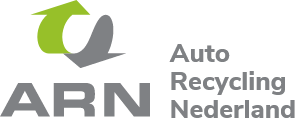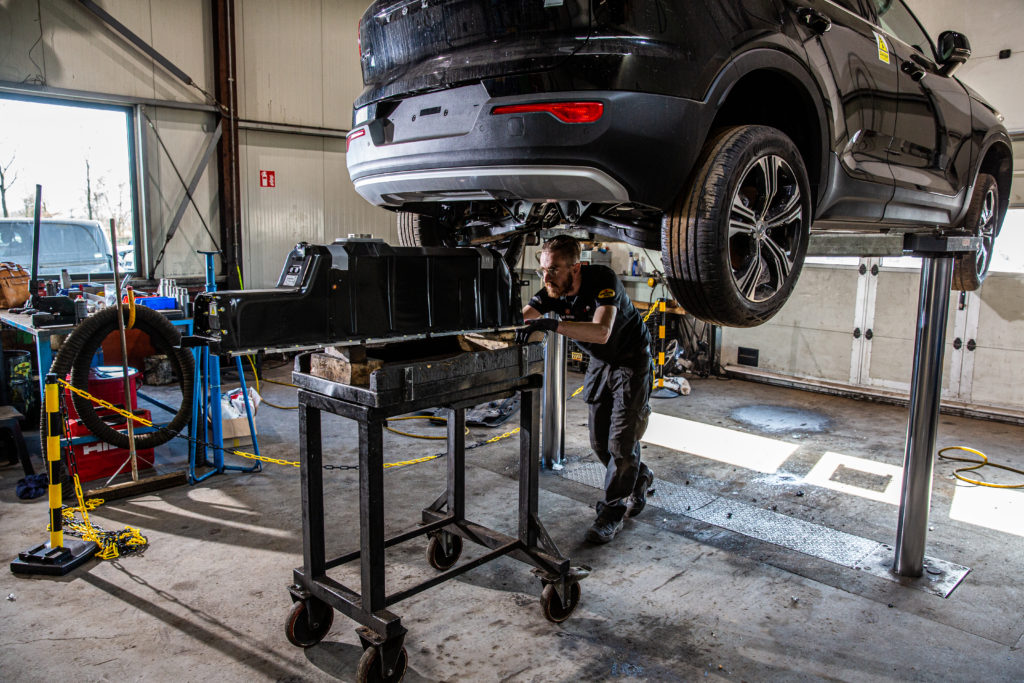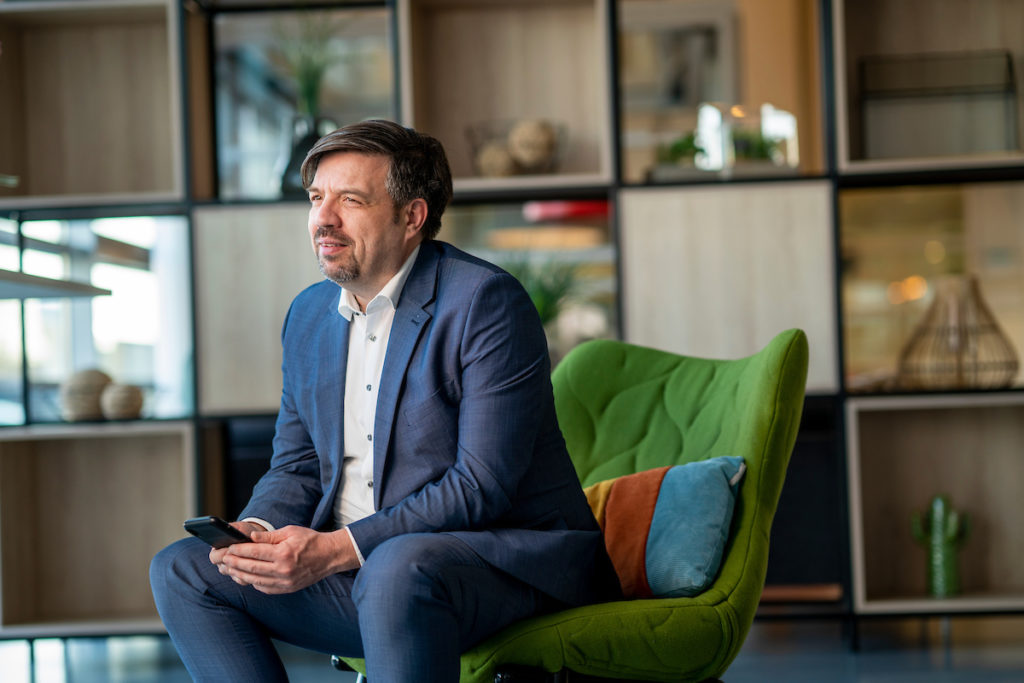Interview, Olaf de Bruijn
“ARN is ready for new challenges”
In many respects 2021 was a good year for ARN, says Olaf de Bruijn. Again, ARN had its affairs properly in order, both in a financial and organisational context. There were also significant developments, such as the realisation of the Algemeen verbindend verklaring (Avv, Universally binding obligation) for the recycling fee and the impending departure of managing director Ingrid Niessing. “ARN is now ready for a big new challenge: circularity,” assures De Bruijn.
In describing 2021, Olaf de Bruijn, chairman of the board of the Stichting Auto Recycling Holding (Auto Recycling Association) and a representative of the RAI Vereniging (Association) in ARN, uses terms such as “satisfactory results” and “robust organisation”. Car recycling in the Netherlands is both well organised and anchored in a structure in which manufacturers correctly assume their responsibilities, he insists. “And for many years in a row too, I think it’s fair to say.”
What kind of year was it financially?
In a nutshell it was in line with expectations. Given that ARN doesn’t have a profitability target, it’s good to report that its financial management was stable in 2021, that it was possible to cover costs and that its plans were realised. The investment results of our fund were positive, which helped to balance the financial result. It was, in other words, a good year in which ARN was able to operate cost-effectively. I think it’s fair to say that ARN is a sound, financially healthy and well-structured organisation.
An organisation that has changed considerably over the years?
Absolutely. The divestment of certain responsibilities and activities has made the organisation a lot clearer. It’s now a professional, well-organised complete entity. A well-oiled machine, you might say, in which we made an important change in 2021: the splitting of the foundations that formed the basis of ARN. We differentiate a bit more now between car recycling and the recycling of car batteries, with the latter now in a separate foundation. This now leaves us with the Stichting Auto Recycling (Auto Recycling Foundation) and the Stichting Autobatterij Recycling (Auto Battery Recycling Foundation).
And what’s the thinking behind this?
Car recycling has been a core activity of ARN for over 26 years. Drive batteries are a major component in today’s cars and during the coming years their recycling will require more and more energy and attention. A lot is going on but a lot is still unclear too. How can we further promote battery recycling, for example, how can we replace batteries, reuse their parts, use batteries for other purposes, and maybe even refurbish them? Some manufacturers are saying they’d like more control over the flow of car batteries and retrieve them at the end of their useful life.
It’s also still unclear whether, and to what extent, manufacturers will want to play a different or bigger role. It’s a playing field on which a lot is going on. It’s also the reason why we are placing the recycling of car batteries at ARN in a separate foundation, one in which manufacturers and importers have an important say. The objective is to realise the most optimum level of car-battery recycling in the Netherlands. And this is important, particularly when you bear in mind that the mandatory recycling fee in the Netherlands applies to the car, but not to the battery.
In Paul Dietz we have a worthy successor, with a lot of knowledge and experience in the relevant RDW environment. He is very familiar with the game and has a solid package of responsibilities
Olaf de Bruijn
Chairman of the board of the Stichting Auto Recycling Holding (Auto Recycling Association)
and a representative of the RAI Vereniging (Association)
What were the highlights of 2021?
Substantively, the Avv is very important, a key step towards establishing what we call a “level playing field”. Initially, the recycling fee only applied to new cars, but since April 2021 it is also payable for imported cars that are registered in the Netherlands for the first time. The bottom line is that we now also receive a recycling fee for no fewer than 300,000 imported cars. These cars also go through the ARN system at the end of their useful life so it stands to reason that they should also be subject to the recycling fee. And this is now the case. Another positive effect of the Avv is that in 2021 we were again able to reduce the recycling fee – as planned – by €5. The only reason this was possible is that the recycling fee is now also payable on imported cars as well as new ones.
And, ARN now has a new managing director?
As financial director, Ingrid Niessing started streamlining ARN in 2011 and further shaped its financial structure. Truth be told, she’s the architect of this well-oiled financial machine, which was a lot more complex five to ten years ago than it is today. Since 2017, she led the organisation as managing director, much to her credit, taking ARN back to its roots. We divested activities that do not contribute to ARN’s long-term objectives and the PST factory in Tiel was transferred to a new owner. What this all means is that ARN has regained its focus. We had become part of the recycling chain but now we’ve returned to our basics: organising and initiating; acquiring knowledge; maintaining contacts with relevant parties; and making sure that the recycling partners become even more professional, in the areas of electrification and processing of car batteries, for example. All-in-all it was a major operation, which was carried out quickly. I’d like to thank Ingrid for what she has achieved these past few years.
What challenges await the new director?
Paul Dietz is a worthy successor, with plenty of knowledge and experience acquired in the relevant RDW environment. He is very familiar with the game and has a solid package of responsibilities. He’ll have to monitor and try to steer the development of recycling in the longer-term, when we’ll have to move towards real circularity. Helping to make cars circular and playing a role in this as ARN will call for the development of the “front end” of the process with manufacturers. However, the $64,000 question is: how can a car be designed in such a way that its constituent materials can be reused at the end of its useful life? Finding the answer certainly won’t be easy and it might even be necessary to evaluate it all in a broader, European context, based on legislation and regulations. But there is no mistaking the challenge: circularity!




